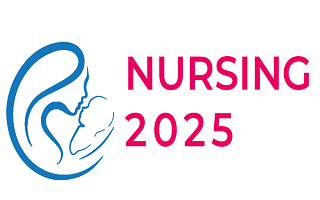Nursing 2025

Stanford University School of Medicine, USA
Abstract:
Side effect-free cancer chemotherapy is an urgent need, which can be met by prodrug therapies (GDEPTs). Prodrugs are harmless but bacterial/viral gene products can convert them into potent drugs that can be confined to tumors by ensuring delivery of the activating gene exclusively to cancer. GDEPTs lack of success so far is due to low gene delivery/expression; insufficient bystander effect; and use of viruses in delivering the gene. Also , direct injection into the cancer had been needed , which excluded treatment of unreachable cancers. We used 1. Our newly discovered prodrug, CNOB (C16H7CIN2O4); it generates the drug, MCHB (C16H9CIN2O2) which is fluorescent and can be quantitatively visualized in living mice, permitting facile elucidation of measures to ensure on-target activation. 2. Exosomes (EVs), for gene delivery; these are largely nonimmunogenic. 3. As CNOB is not yet clinically tried, we have now used the clinically tested prodrug CB1954 (tretazicar) at its safe human dose. And 4. mRNA instead of DNA as gene; the former is more efficient in gene expression. In-vitro transcribed (IVT) mRNA of our humanized and improved HChrR6 enzyme that activates tretazicar was loaded in HER2- targeting EVs. This (done for the first time) required several steps. Determining that the mRNA retained its functionality through this process was not feasible using tretazicar, but our discovery that HChrR6 enzyme can also activate CNOB enabled us to do this simply by ascertaining that the HChrR6 mRNA translated product generated fluorescence from CNOB. Systemic administration of the mRNA loaded and HER2-directed EVs (“EXODEPTs”) and tretazicar completely cured athymic mice with implanted orthotopic human HER2+ breast cancer xenografts without injuring other tissues/organs. HER2+ tumor ablation is immunogenic, so it is likely that recruiting immunity will enhance this GDEPT. Immune competent FVB/NJ mice that spontaneously develop HER2+ breast cancer provide a means for testing this to pave the way for the clinical transfer of this GDEPT. Any disease over- expressing a marker can be treated by this approach. EVs can cross the blood brain barrier, so brain metastasized cancers can possibly also be treated. Lipid nanoparticles too have unique advantages in targeted gene delivery – examples of their use will also be discussed.
Biography:
Dr.
Matin has been a full professor in Stanford Medical School for several years
and is affiliated with several programs, including the Stanford Cancer Research
Institute; he elected to become emeritus, July 1, ‘21. His research
contributions are numerous, including discovery of new drugs, therapeutic
enzymes, and their improvement as well as their specific targeting to cancer
(and other diseases). He did his Ph.D. at UCLA, spent some years in the Netherlands
(State University of Groningen), where he directed a research group, before
joining Stanford. He is recipient of numerous awards and honors.
